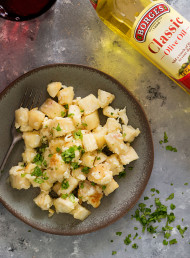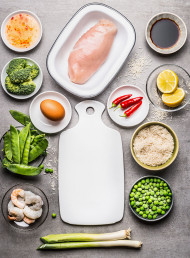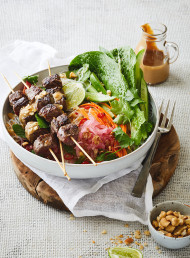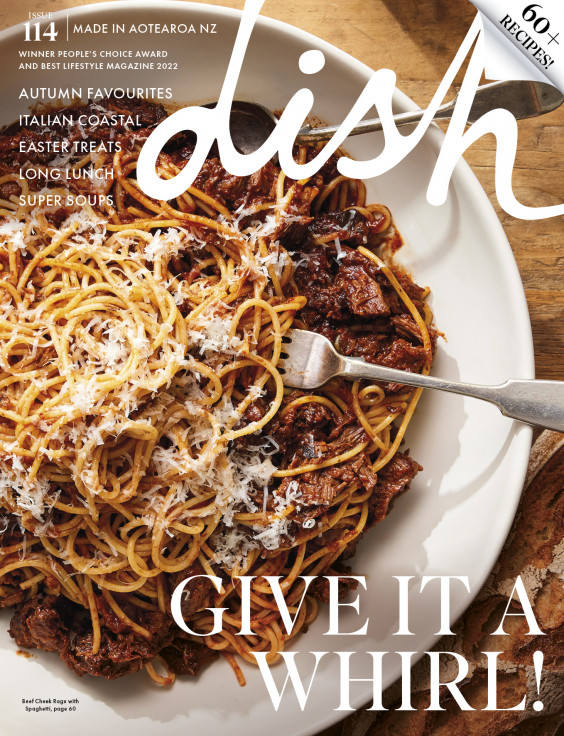Cooking with: olive oil
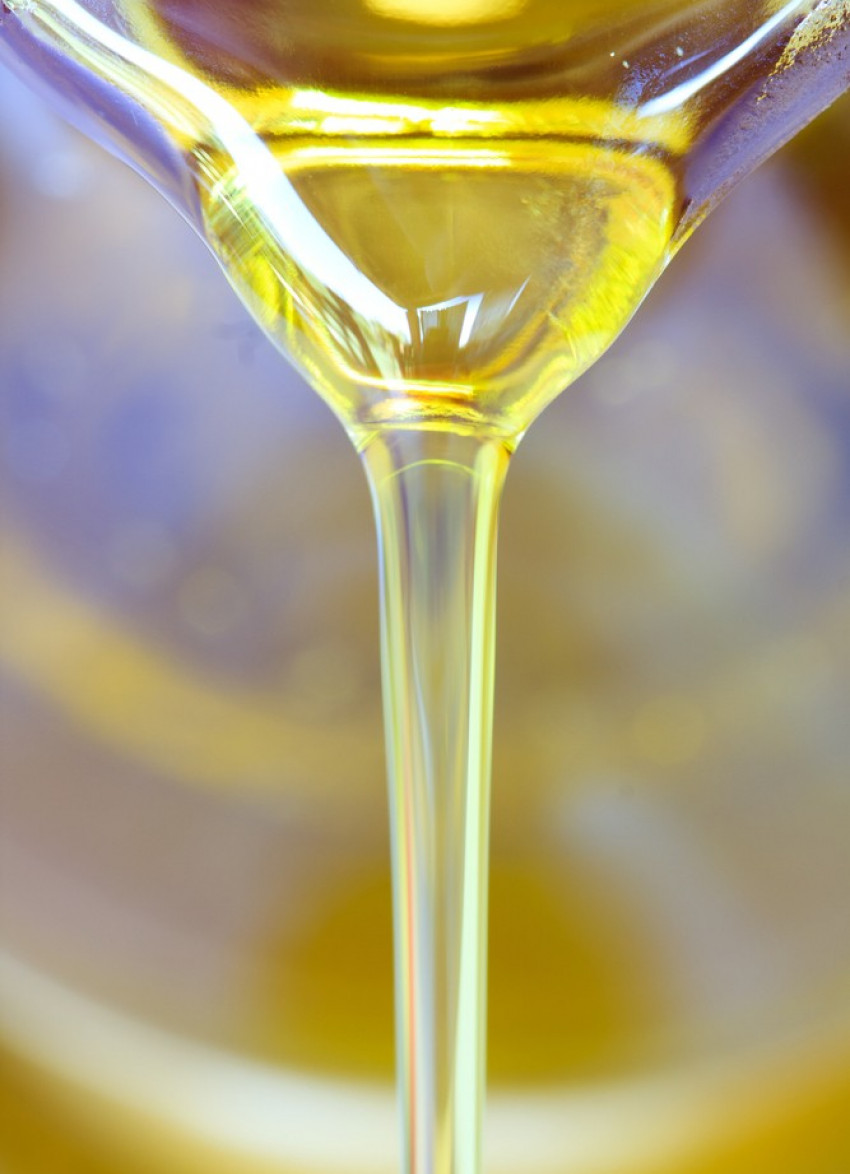
From its early day of being available only in pharmacies, olive oil has come a long way in New Zealand over the last 20 years and is now one of the most loved culinary oils, with its varied flavours adding a new dimension to food and cooking.
Part of its uniqueness lies in the fact the oil is extracted from the flesh of the olive fruit instead of its hard nut or seed, as is the case with other oils, and this contributes to its wide range of flavours and aromas. Olive oils can be viscous, light or ‘oily’ to the palate, and range from deep golden-green to delicate pale straw yellow in colour with flavours ranging from grassy to peppery or buttery and rounded.
As olives ripen on the tree their skin loses its chalky appearance and begins to shine. Their colour transforms from bright green to hues of aubergine and purple-black. The riper the fruit, the less grassy and fruity the flavour. Ideally, the best olive oil comes from fruit that is harvested and pressed at six to eight months.
Once washed, the olives are crushed and ground (with their pit) to an oily paste, releasing the olives’ oil, robust flavours and aromas. Because the fruit also contains water, the mixture is then slowly churned (known as ‘malaxing’), which allows the small oil droplets to combine and separate from the watery fruit. The churned mixture is then pressed and can also be placed into a high speed centrifuge to further separate the oil from the remaining water and flesh. The resulting olive oil is bottled, either filtered or unfiltered; the latter being highly prized by olive oil aficionados because of the added flavour from any remaining fruit particles.
Like good wine, olive oils have individual flavours according to their terroir and the olive variety. Some of the best known varieties include Koroneiki (Greece), Arbequina (Spain), Frantoio (Italy) and Picholine (France). However, an olive oil made from Picholine olives grown in France will taste different from oil made with the same olive variety grown in New Zealand, although the variety’s typical characteristics, such as distinct peppery notes, will remain.
The quality of olive oil depends on many factors, not least its flavour. The free fatty acids contained within olive oil are essential to its quality and health properties. Olive oil is a monounsaturated oil rich in vitamins E and K, beta-carotene and oleic acid.
The higher the acidity level or free fatty acid content, the less desirable the oil. This is because the oil has been processed, usually using heat or chemicals, which damages the fat and flavour molecules and raises acidity levels, thus reducing quality.
TYPES OF OLIVE OIL:
Extra Virgin Olive Oil: (EVOO): to carry this label the oil must have less than 0.8 per cent acidity. This is obtained solely with a ‘first pressed’ or ‘cold pressed’ oil (see Other Terms below).
Virgin Olive Oil: this oil is also derived from the first press but with slightly higher acidity than EVOO – it can contain up to 2 per cent fatty acids.
Light Olive Oil: Many supermarket oils labelled as ‘light’ are a blend of refined
oils with a little extra virgin oil added to
lift the flavour. It does not refer to the oil being light in calories.
OTHER TERMS
Cold pressed: a method of producing olive oil by pressing, in which the temperature doesn’t exceed 27°C.
Single varietal: if a harvest is particularly good a producer may bottle the oil as a Single Varietal, using only one olive variety, such as Spanish Arbequina, Italian Frantoio or Greek Koroneki olives.
Other varieties work better in blends like the Spanish Picual, which is often blended to tone down its sharp edges, especially if picked slightly under-ripe.
USING OLIVE OIL
The younger the oil the better it is generally. Use olive oil while it is fresh and aromatic, preferably within a year, as these agreeable characteristics fade rapidly with time. Always taste Extra Virgin Olive Oil before you buy it if you can and keep a range of oils in your cupboard to complement different dishes.
Quality extra virgin olive oils are best used where their differing flavours can be appreciated. Use them as a condiment for drizzling over grilled fish or vegetables and hearty salads, to dip with bread or for making ice cream. Pour it lovingly over a carpaccio of beef or scallops, or simply over a wedge of tomato, fresh mozzarella and basil.
For frying you can use a less expensive, lesser quality olive oil. It is worth noting the varying smoke points when deep-frying or frying with olive oil. Use a cooking thermometer for accuracy.
EVOO: 191-207°C
Virgin: 199°C
Extra light: 242°C
You need a good, robust oil for making a powerful aioli, to stir into a tangy gazpacho or hearty pistou soup. Olive oil is crucial to pesto, sauce vierge and mayonnaise, and no self respecting pizza would be without it. Olive oil features strongly when preserving vegetables like artichokes and mushrooms, to pulses, cheeses, seafood and fish – especially sardines, octopus and tuna.
Even desserts are caught up with olive oil and it features in deep-fried pastries such as churros or sweet choux and fritters, and beautifully baked almond and honey cakes.
STORAGE
Always keep your olive oil in a cool dark place, as heat, light and air are the three enemies of all culinary oils. Choose oils kept in dark glass bottles, opaque cans or stainless steel as opposed to plastic. If the oil you want is in a clear bottle make sure it is young. Wrap the bottle tightly in tin foil immediately to keep the light out, then store in a cool, dark cupboard.
If your pantry is warm, opt for refrigerating your oil. It will partly solidify if it is genuinely Extra Virgin but will liquify again at room temperature when you come to use it.
Always make sure the stopper is airtight to avoid oxidation and rancidity, and never leave the bottle on the bench in sunlight or next to a hot stove.
latest issue:
Issue #114
Autumn has arrived, and with it, the latest issue of dish, jam-packed with recipes that will have you fizzing to get in the kitchen! With a long Easter lunch featuring perfectly pink, blushing roast leg of lamb and wildly decadent baked mashed potatoes with caramelised onions, to simply scrumptious chocolate treats and sensational seasonal baking this issue has you covered - we reckon the Hot Cross Buns are our best yet! Salads make way for soothing soups, pies, puddings and our cover star beef cheek ragù with spaghetti – a must-make dinner for family and friends. With over 60 recipes in our latest issue there’s plenty of inspiration to keep you busy – and well-fed! Don’t forget to share your dish dishes with our Facebook community.

